Welcome to the delightful world of wind coloring pages, where the playful dance of the breeze is captured in art. This article takes you on an educational journey through a collection of beautifully designed coloring pages, each depicting unique and whimsical scenes inspired by the wind. From trees swaying gracefully, kites soaring high, to fairies and gnomes caught in gentle gusts, these pages are not only a delight for the eyes but also a creative outlet for minds of all ages. As you explore these pages, you’ll find yourself immersed in a world where the wind’s invisible touch is brought to life with your colors and imagination.
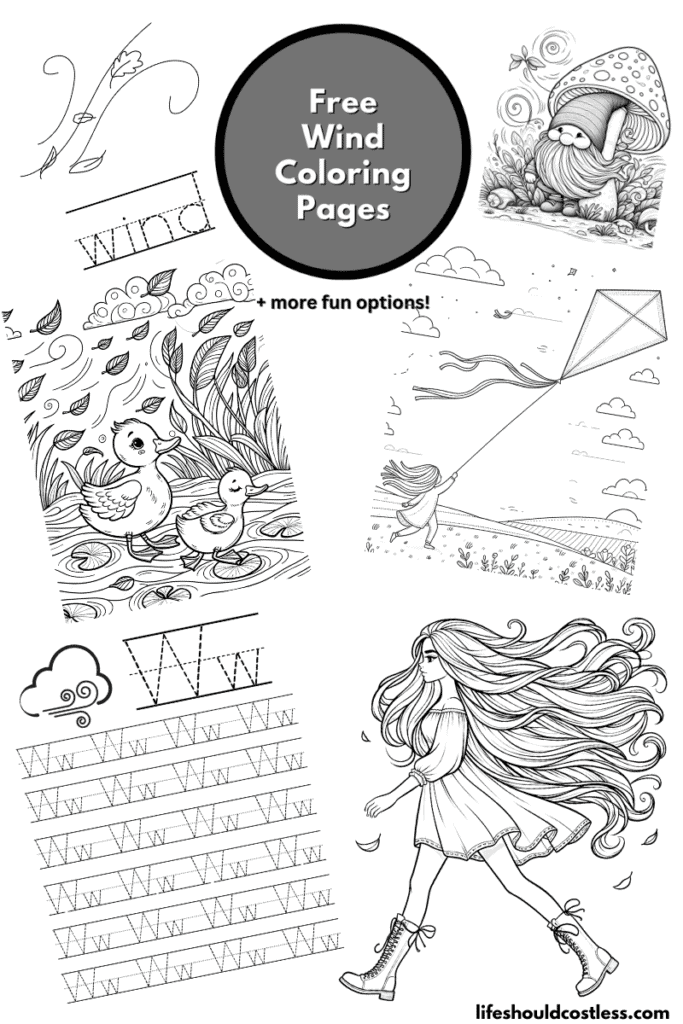
Just pick whichever design you like, save the downloadable free PDF template, print it out, and get coloring to your little hearts content, or you could even use them as an embroidery pattern or inspiration for fine line tattoos.
Table of Contents, Skip Ahead To What You're Looking For
Wind facts
For those unfamiliar with my coloring pages, I offer an educational twist by providing insights about the subject matter.
This way, you can effortlessly transform your coloring experience into a learning opportunity… let’s dive in!
Here are lots of fun and interesting facts about the wind:
- Origin of Wind: Wind forms from air moving from high-pressure to low-pressure areas, influenced by temperature differences.
- Solar Influence: The sun’s uneven heating of the Earth causes wind.
- Global Wind Patterns: Earth has consistent patterns like the trade winds, westerlies, and polar easterlies, crucial for navigation.
- Wind Speed Measurement: Wind speed is measured in miles per hour (mph) or kilometers per hour (kph), and can range from a gentle breeze to a powerful storm.
- Windiest Place on Earth: Wellington, New Zealand, often holds the title for windiest city, with average speeds over 16 mph (25.75 kph).
- Wind Power: Wind has powered sailing ships, windmills, and now turbines for electricity.
- Fastest Winds: The highest recorded wind speed was 253 mph (407 kph) during Cyclone Olivia in Australia in 1996.
- Dust Storms: Winds can transport dust thousands of miles, like from the Sahara Desert to the Americas.
- Wind and Erosion: Wind significantly shapes landscapes by moving soil and sand.
- Wind Chill Factor: Wind can make air feel colder, known as the wind chill factor.
- Sailing and Wind: Historically, wind was vital for transportation via sailing ships.
- Wind Instruments: Anemometers measure wind speed, while wind vanes show direction.
- Impact on Wildlife: Many species use wind for migration and dispersal.
- Katabatic Winds: These are fast, cold downslope winds, like California’s Santa Ana winds or France’s Mistral.
- Mythology and Culture: Wind is prominent in myths, such as Aeolus in Greek mythology, the keeper of the winds.
- Wind in Sports: Sports like sailing, windsurfing, and kite surfing rely on wind.
- Wind’s Role in Weather: Wind is crucial for weather patterns, including cyclone development and heat and moisture distribution.
- Sound Carrier: Wind can carry sound over longer distances.
- Aeronautics: Wind affects aircraft operations and flight paths.
- Smell Carrier: Wind can transport scents and smells over long distances, aiding in animal navigation and hunting.
These facts highlight wind’s diverse influence in nature, culture, and technology.
We learned a lot, but there is definitely much more to know.
If you would like to continue on your quest for wind-knowledge, here are some other reputable resources to check out:
- https://en.wikipedia.org/wiki/Wind
- https://www.nrel.gov/research/re-wind.html
- https://www.nationalgeographic.org/encyclopedia/wind/
- https://www.energy.gov/eere/wind/wind-energy-basics
- To see all of my free printables, go here.
- To see an Alphabetized Index of all my coloring pages, go here.
- To see all of my nature and weather coloring pages, go here.
Coloring Tips
Coloring pictures that depict wind can be a delightful and creative experience.
Here are some tips and tricks to bring these windy scenes to life:
- Use Directional Strokes: Mimic the direction of the wind with your coloring strokes. For example, if the wind is blowing from left to right, use horizontal strokes in that direction. This helps to create a sense of movement.
- Gradient Coloring: Wind is often associated with a sense of gradual change. You can use gradient coloring to show this transition – for instance, lighter colors where the wind starts and gradually darker shades towards where it ends.
- Add Swirls and Swooshes: To represent gusts and breezes, add swirls and swooshes around objects that the wind is affecting, like leaves, clothing, or hair. Use lighter shades or even white to highlight these movements.
- Play with Blues and Grays: Wind is often represented by cool colors like blues and grays. Use these colors to depict the sky or the air to give a windy atmosphere.
- Blend Colors for Dynamism: Blend different colors to add dynamism to your picture. For example, blending greens and yellows can create a lively look for trees and grass swaying in the wind.
- Highlight Motion: Emphasize the motion of objects that are moving due to the wind, such as fluttering clothes, bending trees, or flying birds. Use contrasting colors to make these elements stand out.
- Use Light and Shade: Employ light and shade to give a three-dimensional feel to the objects that the wind is interacting with. This can add depth to your coloring.
- Texture for Realism: Adding texture can bring realism to your windy scenes. For example, use stippling (dotting) to show rain in a storm or short, sharp lines to indicate a brisk breeze.
- Focus on Details: Pay attention to small details like ripples on water, the way leaves are being blown, or hair strands being tousled. These details can make your scene more believable.
- Experiment with Tools: Don’t limit yourself to just colored pencils. Experiment with watercolors, markers, or pastels to create different effects that might represent wind better for your style.
Remember, the key to depicting wind in your coloring is to convey movement and change.
Feel free to experiment and let your creativity guide you in capturing the essence of a windy scene.
Options For Printing:
Letter W is for wind writing practice worksheets
*My letter W is for wind coloring sheet printables are specifically designed to be used in a classroom setting, they are the only printable options on this page that do not need written permission to use in a public setting, but please send the link to this post along if anyone asks you where you got them.
Thank you!
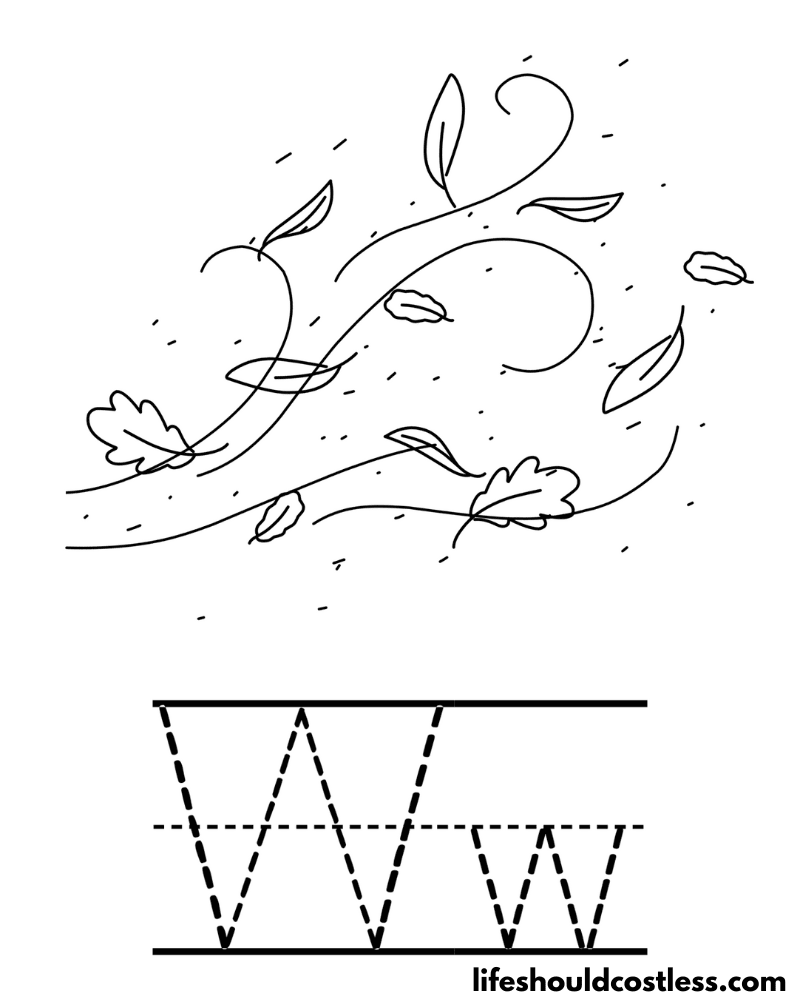

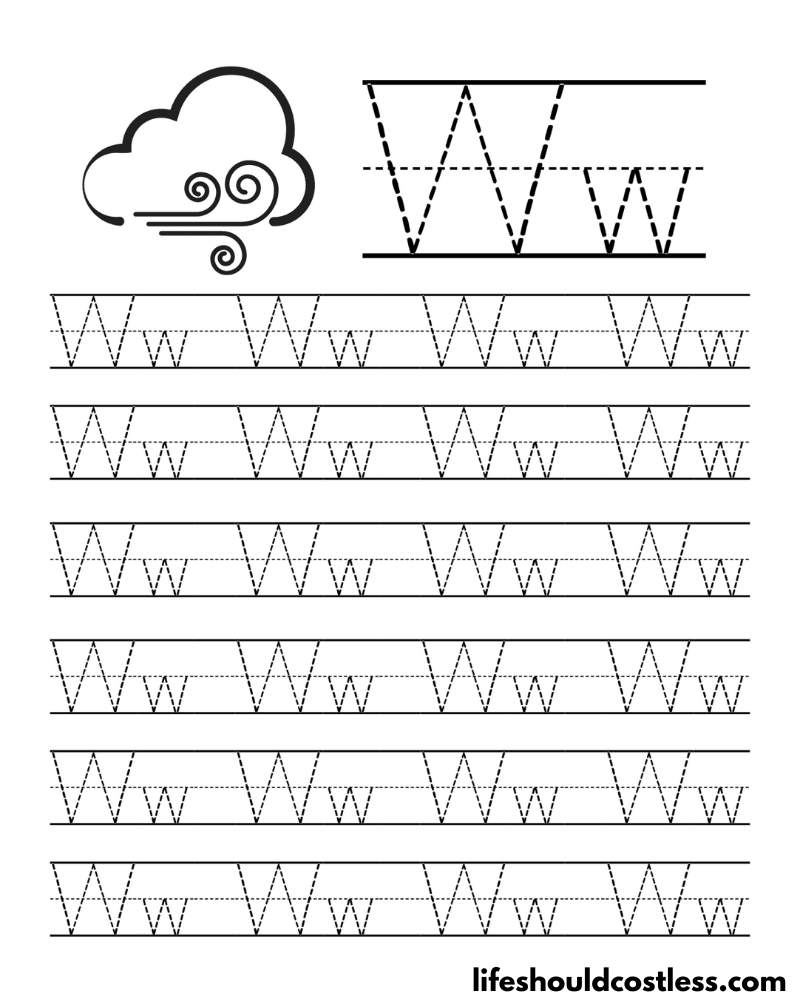
Various wind designs

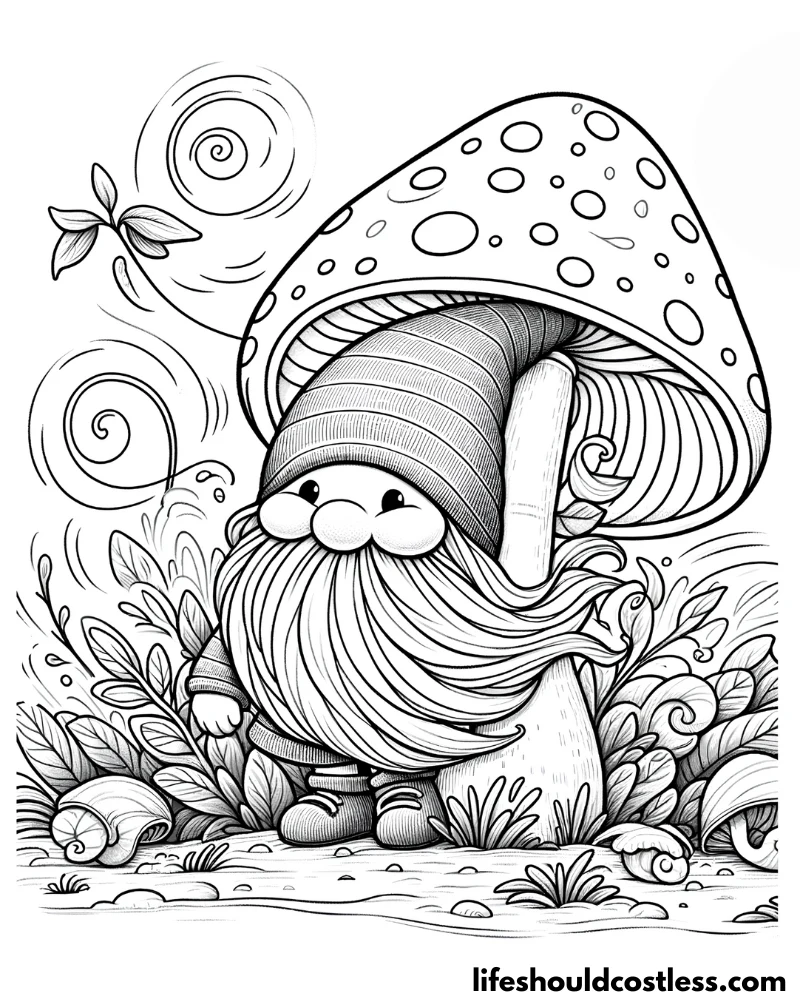
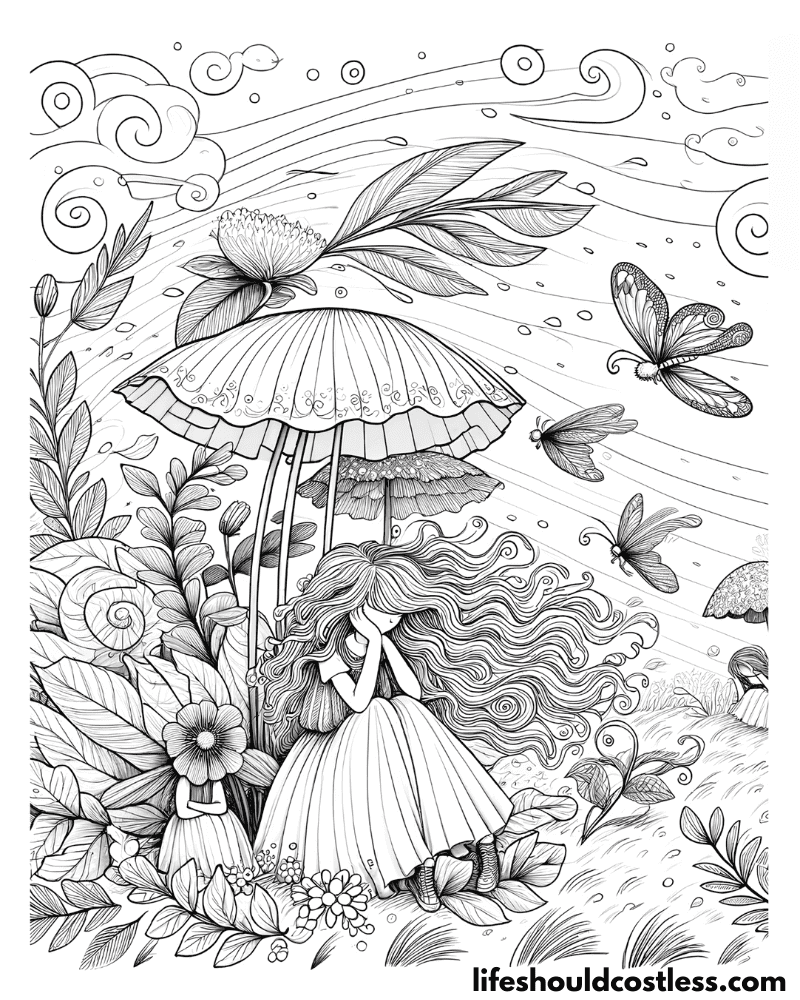
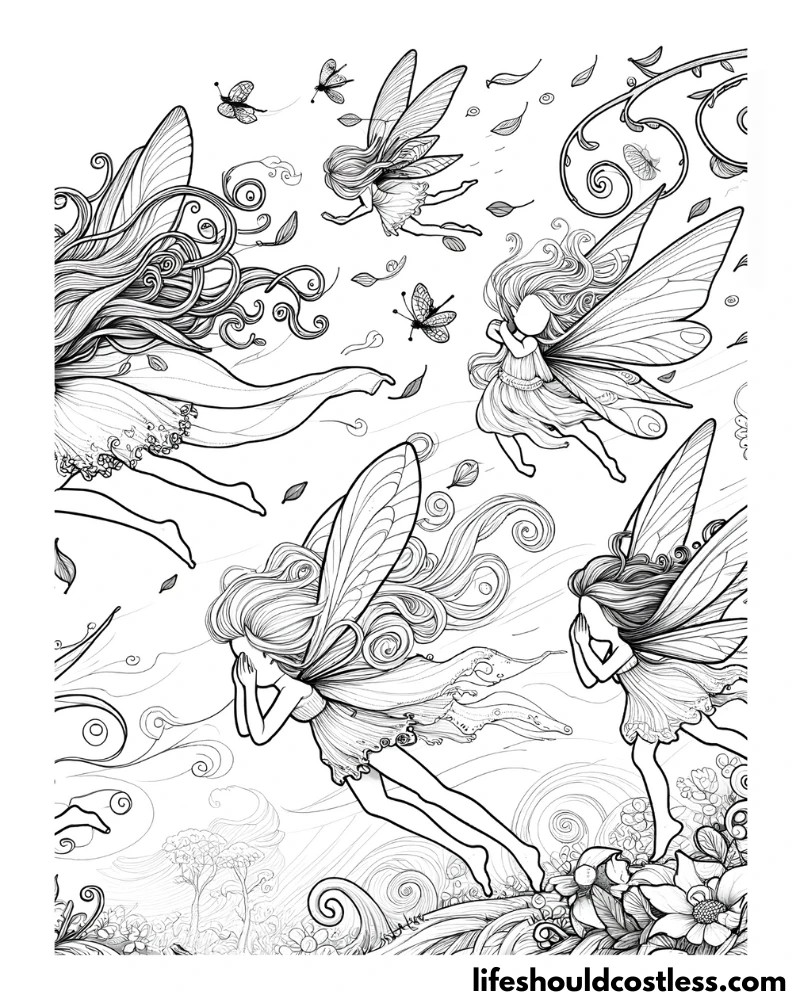
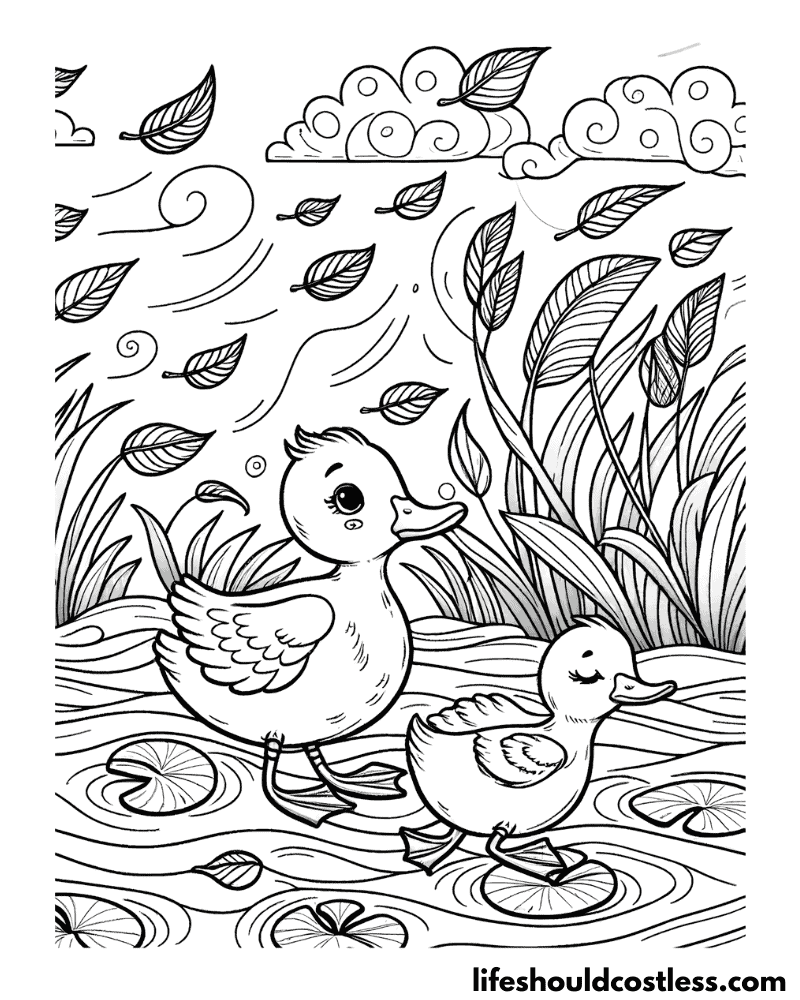
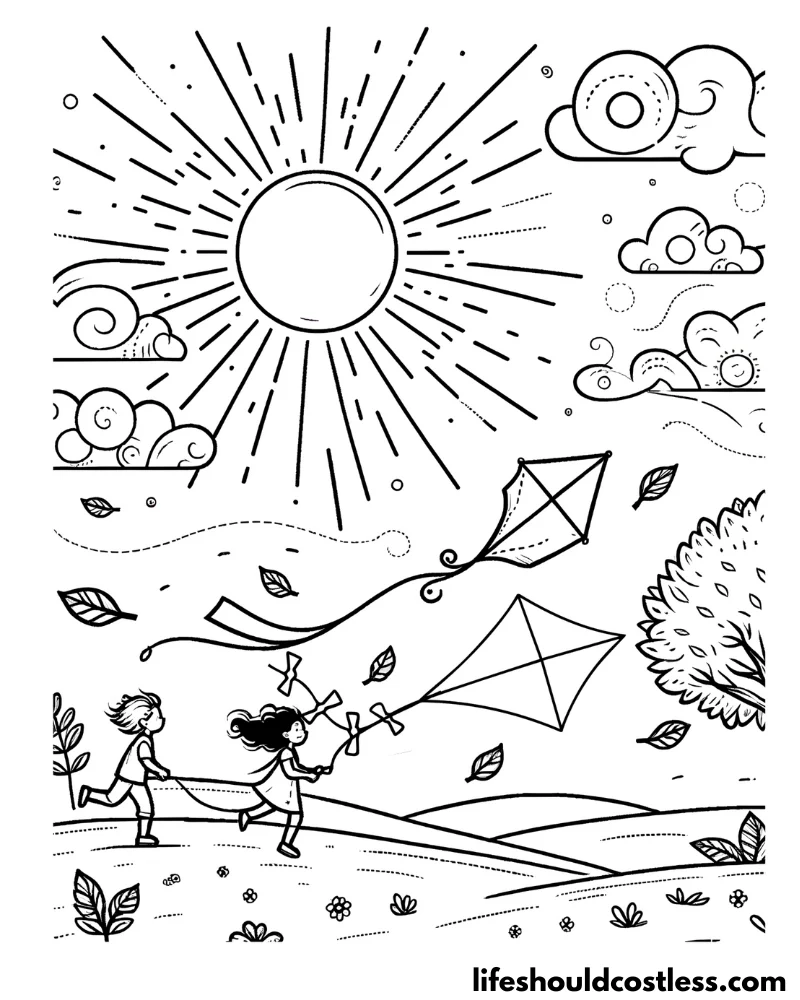
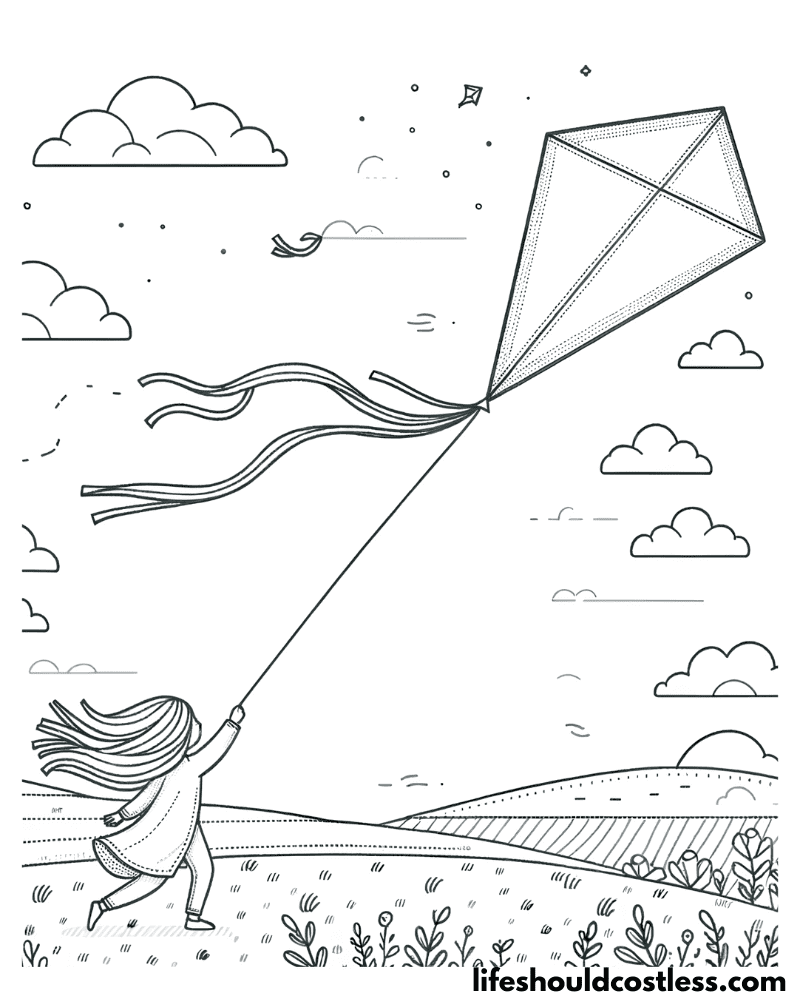
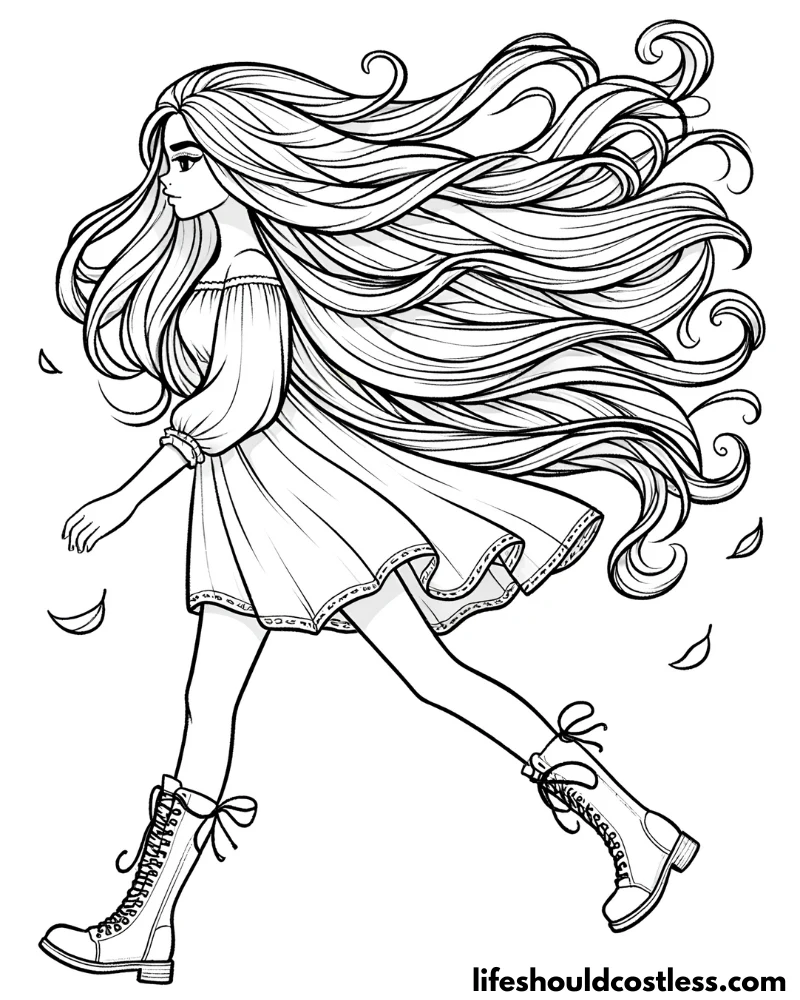
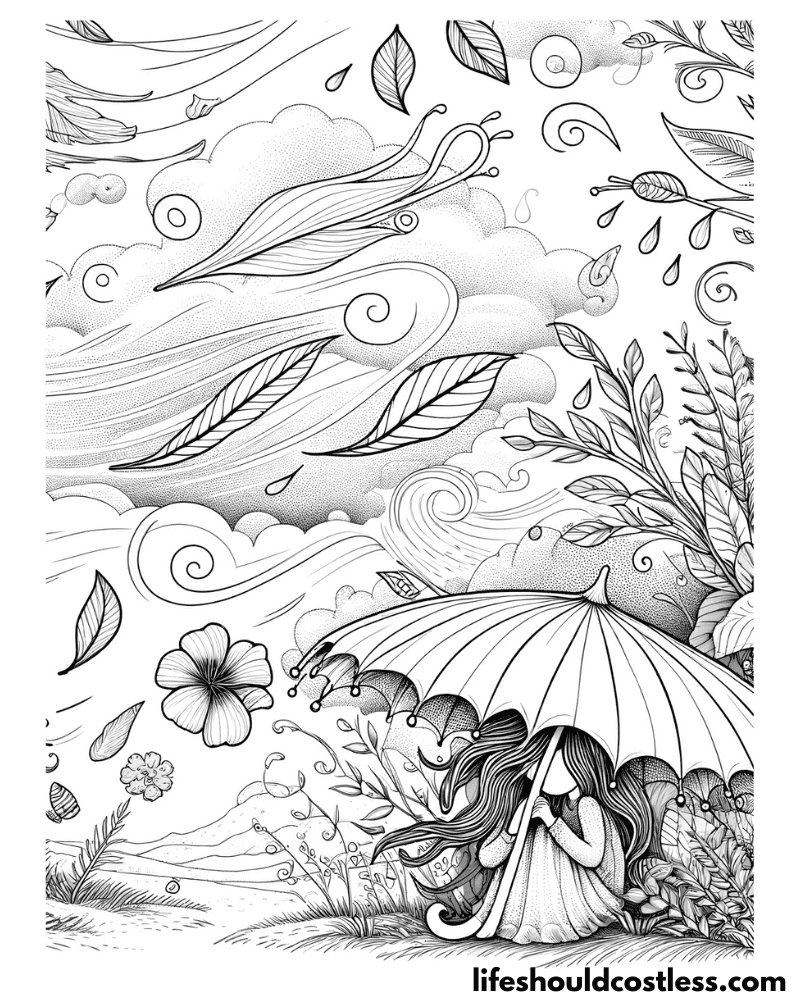
FAQ’s
The wind itself is actually colorless, as it is simply moving air and cannot be seen by the naked eye.
However, its effects can be visualized and often are artistically represented in various ways. When it comes to artistic or symbolic representation, the color used for wind can vary depending on the context or the emotions one wishes to convey:
Blues and Grays: These colors are often used to depict wind in a calm, serene, or cold setting. They can give a sense of movement and flow, much like air currents.
Whites and Light Shades: Used to illustrate gentle breezes or soft gusts, especially in animations or illustrations, where wind swirls or gusts are shown with light, almost transparent colors.
Darker Shades: In more tumultuous scenes, like storms or strong winds, darker colors like deep blues or blacks might be used to convey a sense of power or foreboding.
Warm Colors: Sometimes, warm colors like yellows or oranges can be used, especially in scenes depicting warm winds or breezes, like those found in a desert or tropical setting.
Ultimately, the color chosen to represent wind is subjective and depends on the artistic or thematic elements desired in the depiction.
*I will add more wind colour / color questions and answers as the questions get sent to me.
Conclusion
In conclusion, the world of wind coloring pages offers a vast and imaginative landscape for artists and enthusiasts of all ages.
Whether depicting the gentle rustle of leaves, the fierce power of a storm, or the whimsical dance of fairies and gnomes in a breezy meadow, these coloring pages not only provide a canvas for creativity but also a way to connect with the natural world.
As we’ve explored various techniques and ideas for bringing these scenes to life, it’s clear that the simple act of coloring can be both a meditative and educational experience.
So, grab your colors, feel the inspiration of the wind, and let your artistic journey take flight on the wings of imagination.
Happy coloring!
Thanks so much for stopping by my blog and supporting my endeavors to make people’s lives a little easier/better/more affordable.
If you liked this post, or found it helpful in any way, please make sure to share it with your family, friends, and co-workers via social media.
Or you could even send them the direct link via email. Whichever way you choose to spread the love, I super appreciate it! ~Sarah
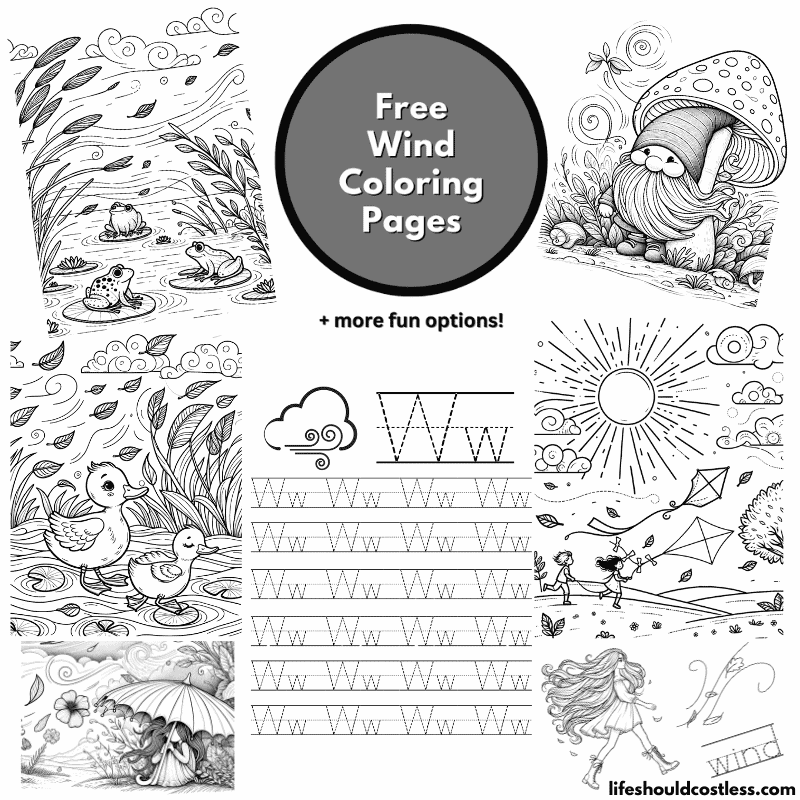
How to follow & support this site
- If you would like to subscribe to my email list, go here.
- Make sure to follow along via social media, by going here.
- If you would like to learn how to really show your support to this site (at no cost to you), go here.
- If you would like to make a direct donation to the site, go here.
Check out my other free printables
- To see all of my free printables, go here.
- To see an Alphabetized Index of all my coloring pages, go here.
- To see all of my nature and weather coloring pages, go here.
Otherwise, here are direct links to several of my other related posts that you’re also going to love:
Nature & Weather
Other good resources for printable wind pages
*This post was originally shared to this blog on 12/25/2023, and has since been updated to improve user experience, add video instruction, as well as to make it as shareable as possible across the social medias.
**Please note that I do try my hardest to provide factual, but easy to understand, information about each topic. If you notice a discrepancy in my coloring pages, facts, or see something that you deem “misinformation/incorrect” please make sure to notify me about it. I would prefer that you send me an email with a link to a more reputable resource on that subject, so that I can correct it as soon as possible. Thanks so much for helping this site become the best that it can be!
***Resources from djinkers were used in the production of this article.
